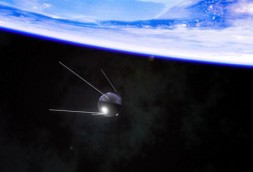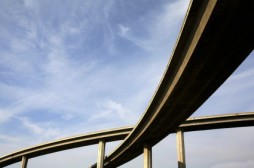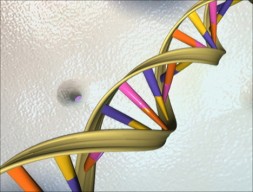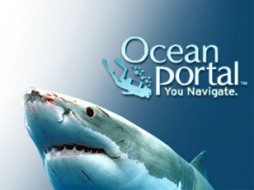From the Secretary: Scientific literacy—a shared responsibility
The Internet, space exploration, advanced disease treatments and digital computing—all derive from past research investments. It is science and technology that underpins our country’s economic, military and global supremacy.

The launch of Sputnik in 1957 spurred investment in scientific research and development in the United States.
Especially after World War II, America’s leaders came to understand the critical importance of science and technology. The National Science Foundation, founded in 1950, offered increased research funding to universities and nonprofit organizations. The Soviet Union’s launch of the Sputnik satellite in 1957 further stimulated U.S. research investment. By 1958 federal funding for scientific research and development was $7 billion.
Today our government spends more than $100 billion on R&D; the private sector, including business and nonprofit organizations, another $290 billion or so. According to the National Science Foundation, the total 2008 national investment in R&D was $398 billion—current-year numbers would be even higher due to the stimulus funding.
Results of past investments can be seen everywhere. Massive road networks span our nation; clean water and sanitation systems serve our cities and towns. Power plants and grids provide reliable electricity to heat and light our homes. Scientific instruments enable us to peer into the deepest realms of space and manipulate atomic structures at the nanoscale, which has resulted in new materials and technologies.
The initial 2003 decoding of the human genome—analyzing three billion pairs of chromosomes—took 10 years. Today it can be completed in one week.
Yet our country stands at a critical juncture. India, China and other countries are catching up as they invest in research and science education. Our nation faces critical decisions. How do we handle climate change and other environmental challenges? How much should we invest in alternative fuels? How will we repair our decaying infrastructure? Finding answers to these questions will require in-depth public understanding of science and technology.
But polls suggest that scientific literacy in our country is on the wane, and science education is declining. Our K-12 mathematics and science education ranks 48th worldwide, while 49 percent of American adults don’t know how long it takes for the Earth to circle the sun (a year). Doing something to improve scientific literacy is imperative, and time is not on our side.
The more sophisticated and specialized science has grown, the more difficult it has become for ordinary citizens to understand its workings, outcomes and implications. Science and engineering are devolving into ever-smaller specialties with over 300 defined fields of study. Few scientists and engineers effectively communicate the broader contexts of key issues.

A high degree of scientific literacy is required if we are to cope with such issues as climate change.
We need to recognize that while certain institutions have natural roles to play, none is large enough to solve the problem alone. It will take a public-private partnership of government agencies like NSF and NASA, together with universities, science museums, corporations, and professional associations of scientists and engineers to address the issue of scientific literacy.
We need to take a strategic approach towards using the very technology that generates the wave of information that threatens to overwhelm us. New digital search tools to explore general information about science and technology—not just the specialized knowledge only a few can understand—are needed. The Smithsonian offers some excellent examples, including the Office of Public Affairs’ science site, the Lemelson Center’s website, the Natural History Museum’s Ocean Portal and The Human Origins website.
Another marvelous example of science for the general public can be seen at Atlanta’s huge Hartfield-Jackson International Airport—where 82 million people pass through each year. Here they can see an exhibition of spectacular astronomical imagery provided by the award-winning “From Earth to the Universe,” a project of the Chandra group at the Smithsonian Astrophysical Observatory. FETTU has resulted in awe-inspiring images gracing parks, metro stations, airports, libraries, prisons and hospitals in 1,000 locations—on every continent except Antarctica. Exhibition organizers have access to FETTU’s digital repository of photos to create exhibits using images produced by research projects worldwide.
The Smithsonian is well suited to play a central role in a coordinated national effort to foster scientific literacy. We are committed to bringing to bear all of our K-12 science programs, including those in our central education offices, the various museums, research centers and the National Zoo. By promoting scientific literacy and convening key partners to address the critical issues of our time, the Smithsonian will create new relevance and a 21st century context for its enduring mission—the increase and diffusion of knowledge.
Posted: 1 November 2010
- Categories:







